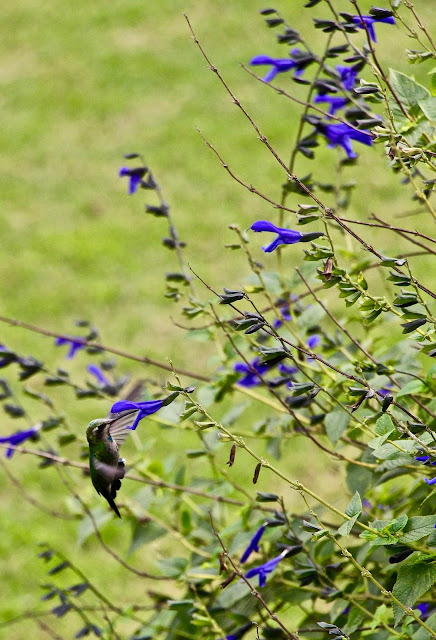To give you an idea of what a peso is worth, here are some basic costs. Milk and petrol both cost about 20 pesos a litre, a lemon is 4 pesos, a jar of jam is around 40 pesos and mince is around 60 pesos a kilogram. The Argentine peso is broken up into 100 centivos. The centivos holds such little value that most shops have their prices in whole pesos and those that don’t usually round the change in favour of the customer. The supermarket around the corner from us has a great method for dealing with pesky centivos coins. They have a jar of lollies on the counter and use them as change if they are ever short of centivos coins. Just this afternoon I watched a young man take the offer of a lollipop instead of the last of his owed change.
Long life and fresh milk sell for a similar price and equally
populate the supermarket shelves. The only
thing that is surprising is that milk is sold in plastic bags.
The local bird here is the mosquito. Coils, repellents, sprays and well trained
frogs are sold in every shop to help combat these creatures. They like to hide away from the sun in
long grass. For this reason people practically
scalp their lawns when they mow them. We
are in the process of pricing an electric whipper-snipper after one quote to
have our lawn mown was one third the cost of our own machine. Perhaps we sounded a little bit too foreign
when we were asking the gardener for a quote.
I was riding home from school the other day and a mosquito flew into my
eye. Luckily I did a weekend workshop on
Piracy for Beginners a few years back
and I was able to ride home using only my good eye. No one wears a motorbike helmet here and I
was wondering how many people are blinded from being struck by a mosquito.
Another local bird here is the colibrí. This is a very
difficult bird to photograph as its wings can beat anywhere between 70 to 200
times a second as it hovers around the flowers.
Humming birds frequent the kids’ school and we have planted some flowers
in our garden in the hope of attracting colibrí.





No comments:
Post a Comment